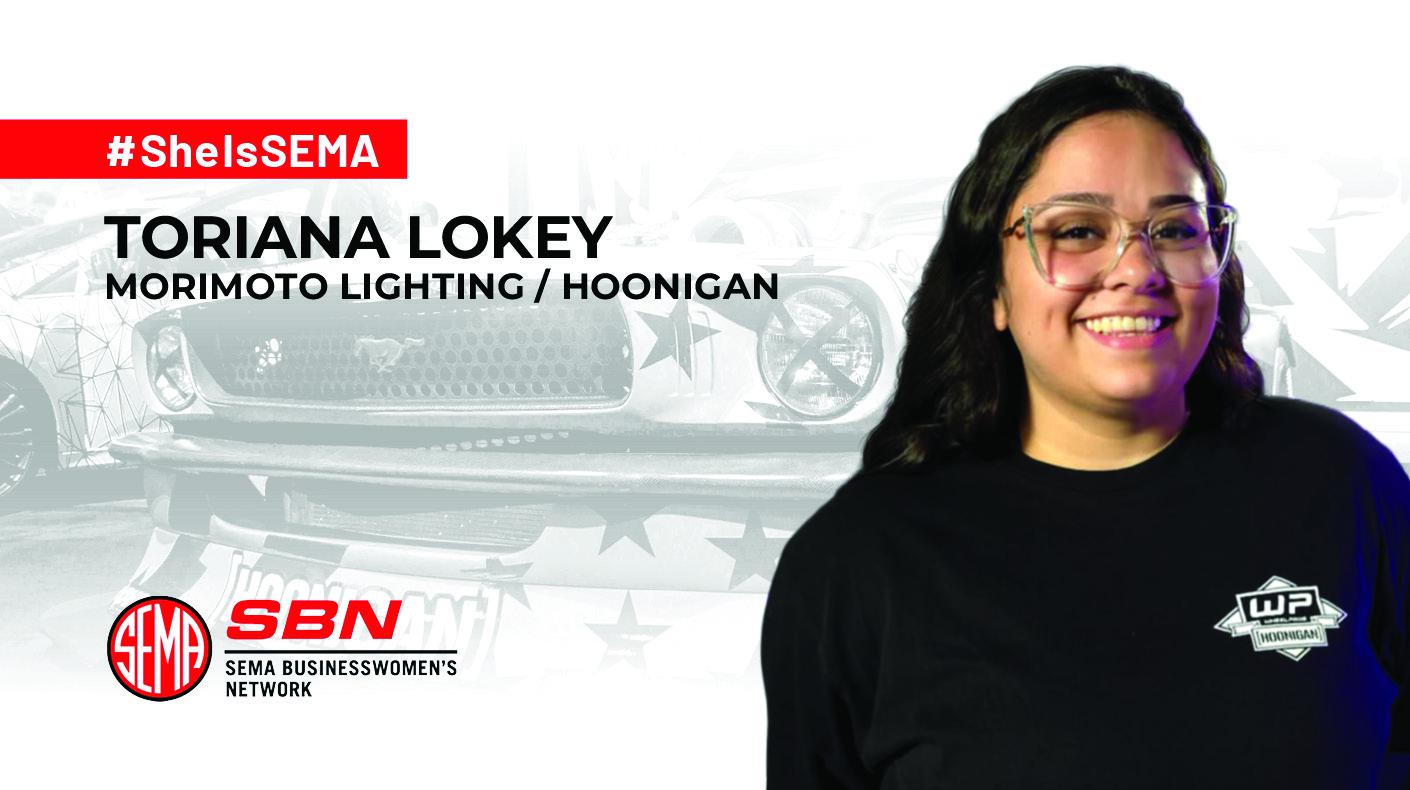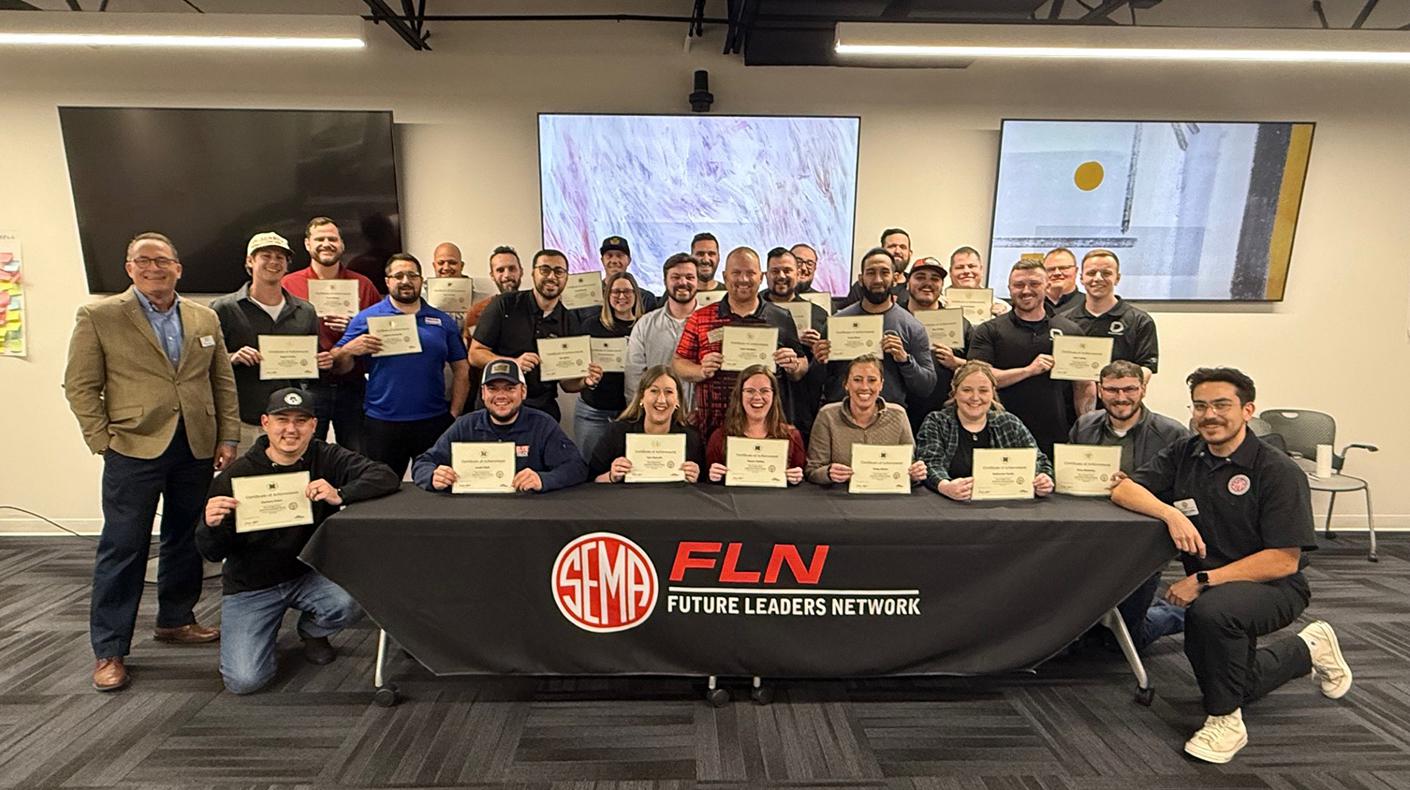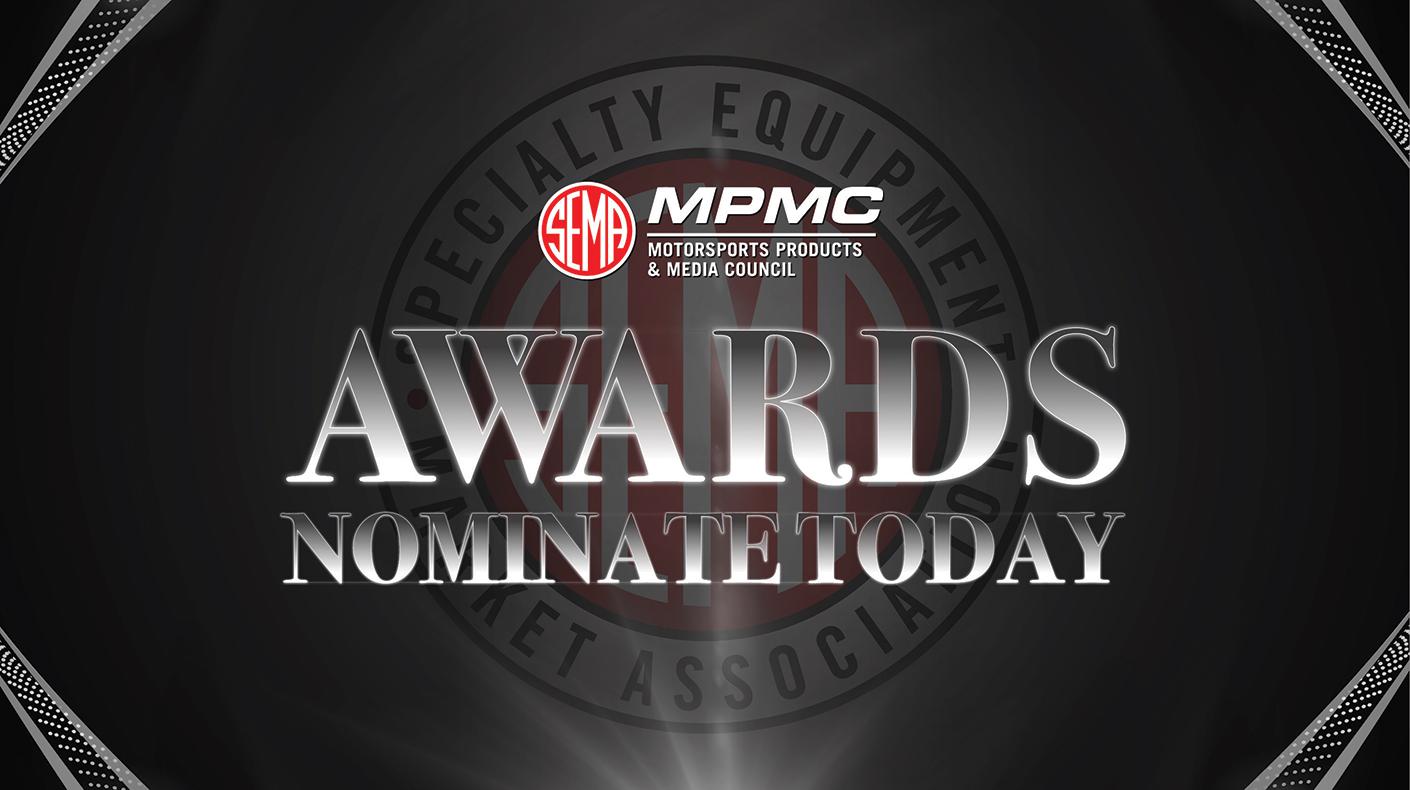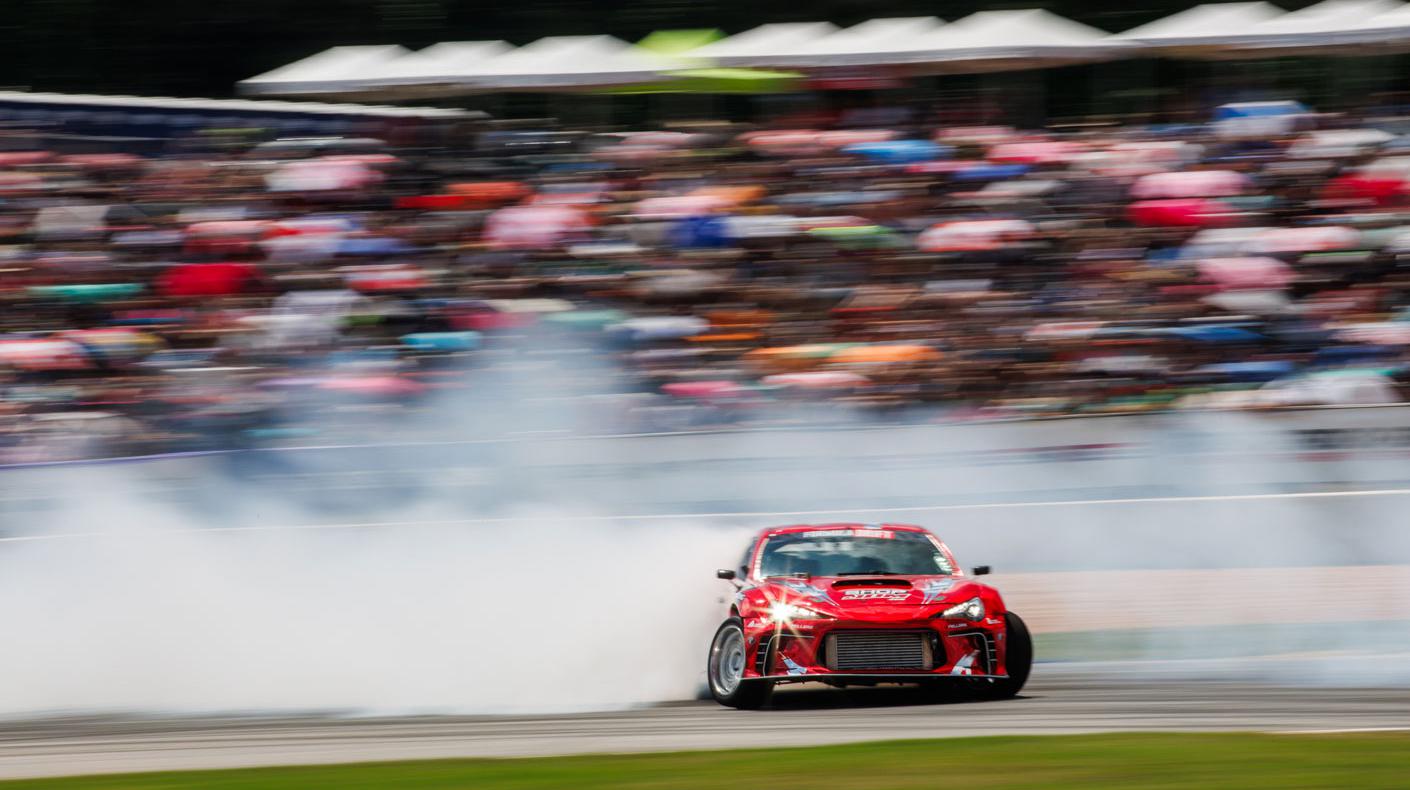By Ashley Reyes
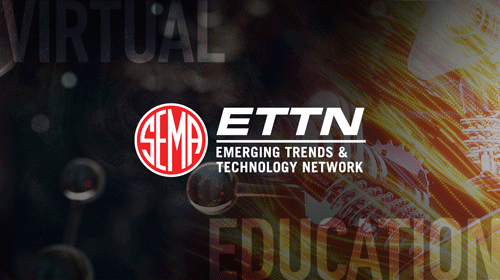
The SEMA Emerging Trends & Network (ETTN) is offering two new webinars focusing on the role of hydrocarbon traps and fuel-injection sprays in product design and emissions compliance.
Geared towards engineers, programmers and product developers, the webinars will be led by subject-matter experts who will share best practices for product design, execution and achieving peak engine performance.
Register now for:
Emissions Compliance: A Path Forward for Hydrocarbon Traps
Presenters: Peter Treydte, emissions compliance manager at SEMA; Shawn Abraham, certification engineer at SEMA; Erik Versen, global manager and USMCA commercial manager at Ingevity
August 27, 2024, 1:00 p.m. – 2:00 p.m. PDT
Register here for Emissions Compliance.
If you manufacture aftermarket air-intake systems, then you are aware (or at least you should be) of the importance of hydrocarbon traps. During this session, attendees will learn what hydrocarbon traps are, what they do, how to incorporate them into your air-intake design and how to achieve emissions compliance. SEMA has worked on this issue for many years and has finally reached an agreement with California Air Resources Board (CARB) on a test method, which will be shared in this session.
Visualizing Fuel Injection Spray Characteristics That Impact Engine Efficiency, Emissions and Performance
Presenters: Paulius Puzinauskas and Josh Bittle, associate professors at the University of Alabama
September 10, 2024, 1 p.m. PDT – 2 p.m. PDT
Register here for Visualizing Fuel Injection Spray Characteristics.
Fuel-injection characteristics strongly impact emissions, efficiency and power for all types of engines. This is most pronounced in diesel engines since combustion is coupled with the spray, but it’s also significant in spark-ignited engines using liquid or gaseous fuels. In all cases, the most significant pathway to this impact is through fuel-air mixture effects.
This presentation will cover multiple optical techniques used at the University of Alabama to document and quantify liquid spray penetration, liquid-to-vapor evaporation and fuel vapor-air mixing, as well as ignition and sooting behavior of diesel sprays. By understanding these characteristics, you can gain insight into optimization efforts of injector design and placement, as well as injection operational parameters such as injection pressure and timing. The techniques described include high-speed imaging, color-schlieren imaging and OH Chemiluminescence, and two-color pyrometry.
The mission of the SEMA ETTN is to identify, communicate and provide automotive aftermarket engineers, programmers, and product developers with the knowledge of emerging vehicle trends and new technology to ensure continued success. To learn more about the network, how to join and other available resources, visit sema.org/ettn.


